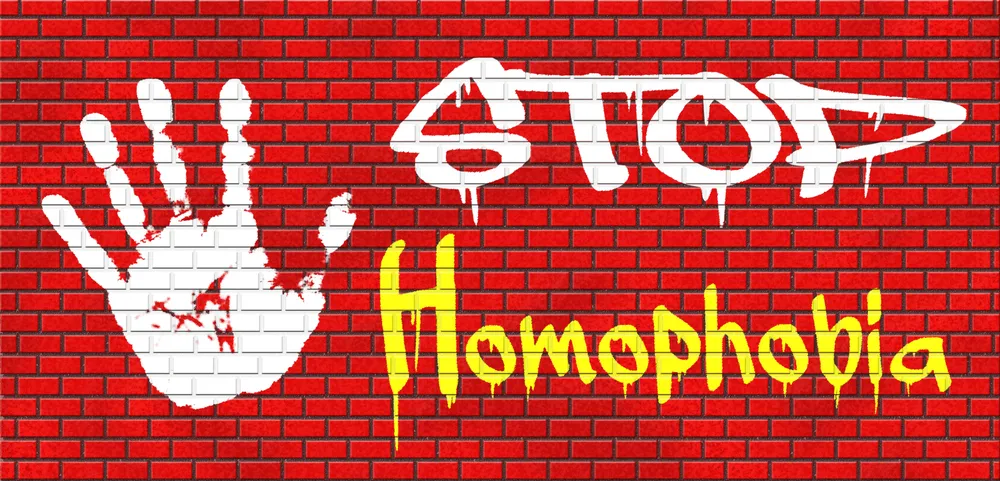Facing Workplace Discrimination as a Gay Man

Being a gay man in the workplace can sometimes mean facing unfair treatment or bias, an experience many endure quietly while feeling isolated or anxious about their job security. Discrimination against gay men at work isn’t always obvious; it can range from outright harassment to subtle slights that are hard to pin down. This post offers an empathetic, plain-language look at what this discrimination can look like, what your legal protections are, how to document incidents, and how WorkplaceWitness.AI can assist you.

Recognizing Discrimination in the Workplace
Workplace discrimination against gay men can take many forms. Some actions are blatant, while others are harder to spot. Common examples include:
- Harassment and Hostile Behavior: This might include derogatory comments, slurs, or jokes about your sexual orientation. Such remarks create a hostile environment where you feel unwelcome or unsafe.
- Being Passed Over or Denied Promotions: Bias can lead to being overlooked for promotions or raises that you deserve. For instance, you might consistently be passed over for leadership roles despite strong performance, perhaps due to a manager’s biased assumptions about gay men.
- Exclusion from Projects or Networks: Sometimes discrimination is more subtle, manifesting as quiet exclusion. You might notice you’re left out of important meetings, team outings, or key projects. Prejudiced colleagues might leave you out, limiting your ability to network and succeed.
- Wrongful Termination or Retaliation: A gay employee might even be fired or forced out after coming out (or being outed) at work. Often the firing is disguised with a vague excuse like “not a good fit” to hide the real motive. Firing someone for being gay is not just wrong, it’s also illegal under federal law.
Even small slights, or microaggressions, like a coworker prying into your personal life or a boss leaving you off emails, can add up over time and create an unfair, demoralizing environment.

Your Right to a Discrimination-Free Workplace
You have the right to be yourself at work without fear of discrimination. Federal law now clearly protects gay employees: in 2020 the U.S. Supreme Court confirmed that an employer who fires someone for being gay is violating the law. In other words, an employer cannot legally mistreat you just for being gay.
Beyond federal law, many states and cities have their own laws that strengthen these protections. For example, the District of Columbia’s Human Rights Act and the New York State Human Rights Law explicitly make it illegal to discriminate against employees because of their sexual orientation. Importantly, most of these laws protect you even if an employer is wrong about your orientation, meaning discrimination based on perceived sexual orientation is also illegal. States like California and Illinois likewise prohibit sexual orientation discrimination in the workplace.
All of these laws share a core principle: you should be judged on your job performance, not on who you love. The law also forbids employers from retaliating against you for speaking up about discrimination.

Documenting Incidents and Gathering Evidence
If you believe you’re facing discrimination at work, one of the most powerful steps you can take is to document everything. Keeping a detailed record of what’s happening serves two key purposes: it helps you recognize patterns in the behavior, and it creates evidence you can use if you decide to report the issue to HR or take legal action. In fact, documentation is crucial for establishing a pattern of discriminatory behavior and proving the mistreatment you’ve faced.
Here are some practical tips on what information to document and how to do it:
- Write Down Every Incident: Keep a private log of each discriminatory act or comment. Do this as soon as possible after the event so details are fresh. Note the date, time, and location, who was involved (including any witnesses), and exactly what happened or was said.
- Save Communications and Evidence: Hold onto any emails, messages, notes, or documents that show discrimination or harassment. For example, if a coworker sends an offensive email or a supervisor texts a harassing message, save it. If you’re excluded from a meeting or project, keep any record of that as well. According to legal experts, evidence like emails, text messages, photos, or videos can be critical in supporting your case.
- Track Patterns: In your notes, mark if an incident has happened before or if the same person has targeted you multiple times. Over weeks or months, you might start to see recurring themes, such as the same manager repeatedly making disparaging comments before denying you a promotion. These repeated behaviors strengthen a claim of discrimination by showing it’s not an isolated incident but a consistent pattern.
Keep your documentation in a safe place outside of work (for example, on a personal device rather than your work computer) so your employer cannot access it. By writing everything down, you create a record that can serve as evidence later. If the situation escalates or you file a complaint, you’ll be prepared with detailed information instead of relying on memory.
How WorkplaceWitness.AI Can Help You
WorkplaceWitness.AI offers a secure, private platform to document incidents. You can log what happened as soon as it occurs, and each entry is automatically time-stamped and safely stored. The app also prompts you to include key details (such as dates, people involved, and locations) and lets you upload evidence like emails or photos, so all relevant information is organized in one place.
Beyond just keeping records, WorkplaceWitness.AI helps you spot patterns and prepare to take action. It can generate a chronological timeline of your incidents, making it easier to identify repeated behaviors or harassment over time. When you’re ready to act, you can compile your entries into a professional report for HR or an attorney. All your data stays encrypted and under your control until you decide to share it. With this tool, you have a convenient way to build a strong, time-stamped case if you need to.
Stay Updated
Get the latest updates about workplace rights and our app launch.